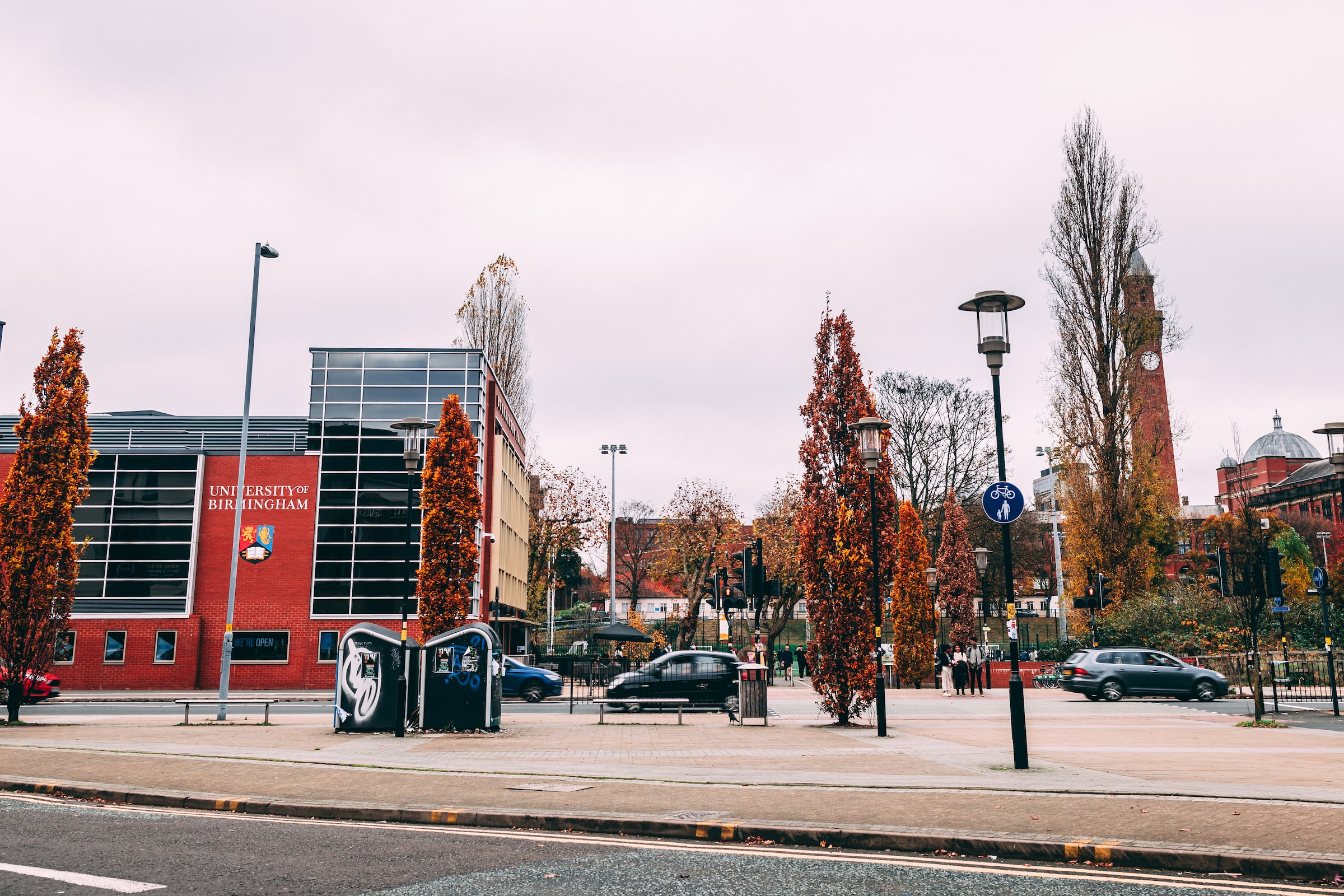
Comment Writer Abby Henderson discusses the troubling trend of anti-Asian hate crime in the UK, arguing that while raising awareness online is important so is taking meaningful action
*Content Warning* Article contains mention of violent hate crimes.
Last week, Peng Wang, a lecturer at the University of Southampton, was brutally attacked whilst out on a run. He was found bloody and bruised and is currently being treated for facial and elbow injuries. This attack, amongst others, has drawn public attention to anti-Asian hate crime, which has been around longer than many are willing to admit. The influx of Instagram infographics has begun, which brings the question of the use of social media in regard to the active dismissal of human rights issues.
In the midst of this global crisis, there has been a rise in anti-Asian hate crime, perpetuated by harmful stereotypes and xenophobic anxieties, many prevalent before the pandemic had even begun. In the UK, we seem to enjoy pushing our problems on to our neighbour across the Atlantic; many argue that the racism in this country ‘isn’t as bad’ as that which is seen towards Asian-Americans in the USA. But better doesn’t mean innocent.
In the UK, we seem to enjoy pushing our problems on to our neighbour across the Atlantic
In the USA, the pandemic was branded by the previous president as the ‘China virus’, which in turn sparked an increase in racial attacks towards the people in Asian communities. As of late, videos have been emerging all over social media of racially abusive acts. Just a few weeks ago, footage emerged of an 84-year-old Thai man being fatally assaulted in broad daylight in San Francisco and another of a 52-year-old Asian-American woman being assaulted outside a bakery in New York. These videos sparked justifiable outrage and do raise awareness as to the ever-continuing anti-Asian sentiment that we have been seeing increase over the past few years.
Within the media in both the UK and the USA, there has always been a massive problem with homogenising minorities and creating this false idea that all of one group share the same behaviour and ideals when that couldn’t be further from reality. That isn’t how we treat Europe or North America, so why is that the case with Asia? The generalisations that are made of all Asians principally erases their own national identity; many refer to Asia as if it is a single country rather than a continent made up of 48 countries. This misinformation only feeds into the hate-fuelled stereotypes that circulate our media coverage, especially in regard to the pandemic.
This misinformation only feeds into the hate-fuelled stereotypes that circulate our media coverage, especially in regard to the pandemic
These stereotypes have harbored a new notion of ‘blaming’, due to the media coverage of the coronavirus pandemic. Some right-wing sections of the media have an agenda that they want to convey, which is seemingly to push the blame onto a minority in order to push a narrative that favours the majority. When looking at the statistics, over 33% of the images used to report on Covid-19 in the UK featured Asian people. The treatment of Asian people as a scapegoat is not only problematic, but is devoid of the actual facts that many, in fact nearly all of the countries in Asia handled the pandemic far better than the UK has, with the death rate being significantly lower in Japan, South Korea and Singapore than it is here. There has been a 300% increase in hate crimes towards people of East and Southeast Asian heritage since the start of the pandemic, an astounding statistic that begs the question as to why there is not a more active appeal to raise awareness.
This then leads to the position of social media. As of late, there will be a few influencers posting various infographics on their Instagram stories. This momentarily alerts their followers to a social injustice, and then 15 seconds later a new story loads of someone’s new outfit that they have been sponsored to post. These infographics often look very aesthetically pleasing, to fit with the respective influencer’s feed. Yes, this can entice someone to look at statistics that previously may have been hidden in a wordy article, but nowadays, we are so used to seeing shocking statistics and abusive acts on record that it has just become customary. It does not take away the shocking and greatly upsetting reaction you feel from seeing them; it is simply just the way that social media works. The constant influx of new content inherently means that the important stuff falls by the wayside, making way for something seemingly more relevant. I am guilty too, of just scrolling through, pausing to maybe read a figure or two, and then continuing on, without really taking any action. Therefore, even though it is important to raise awareness, it seems that social media has taken away the shock factor, which sometimes is what is necessary to actually make a change.
For more from Comment:
Kimye Divorce: Where Does Public Persona End and Private Life Begin?
Strip Clubs Are Harming Women, But We Shouldn’t Make Them Illegal
Over the Counter Contraception: The Risks and Rewards of an Accessible Pill
Comments